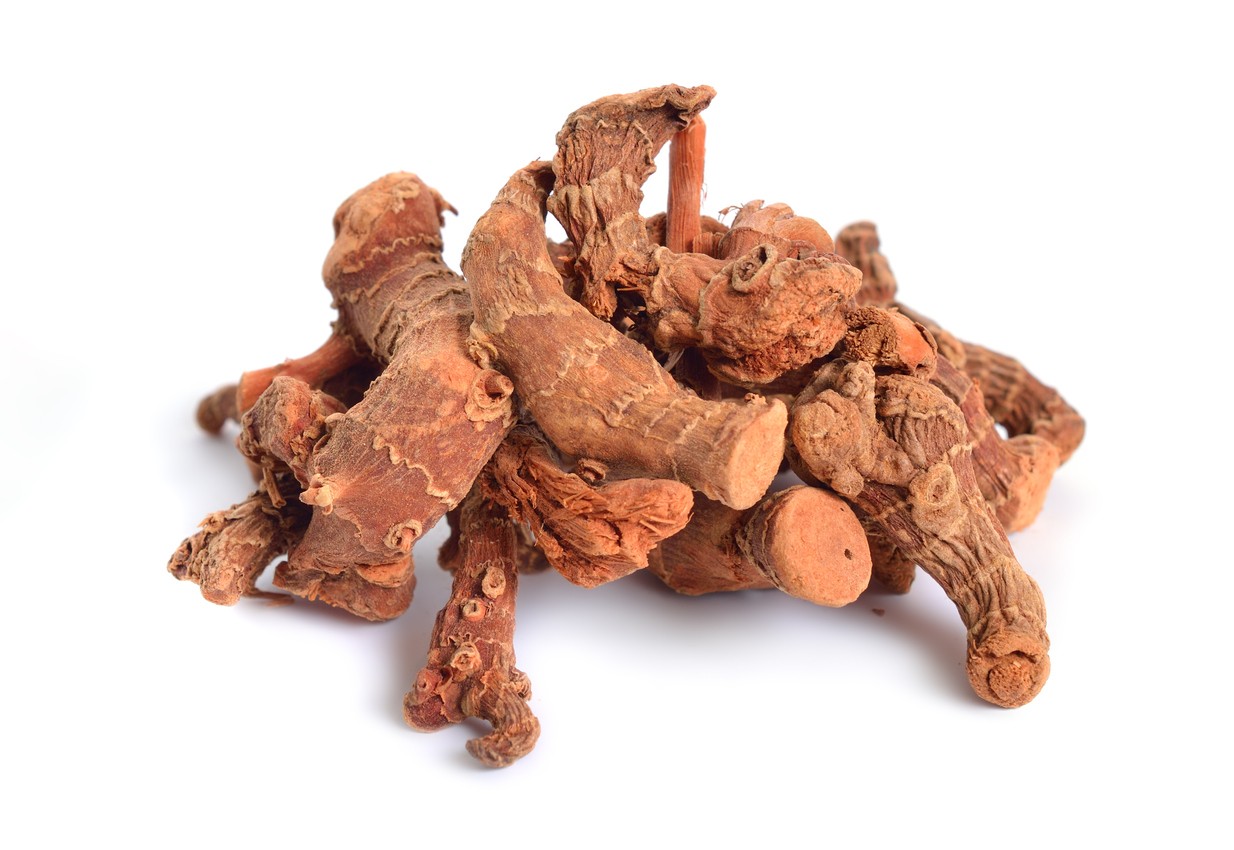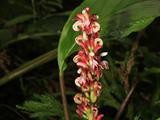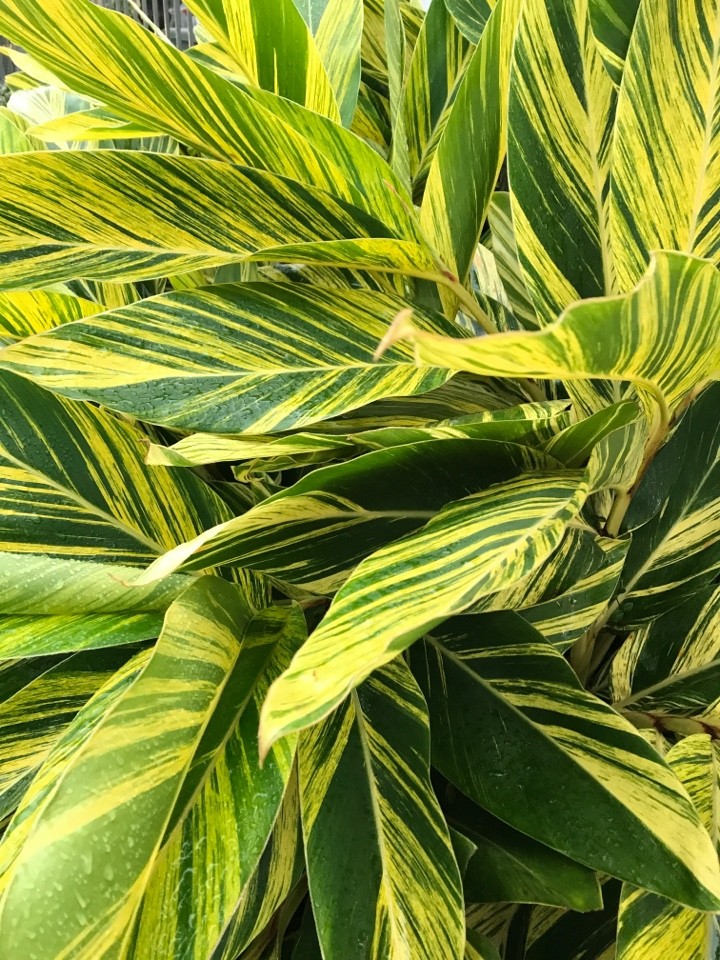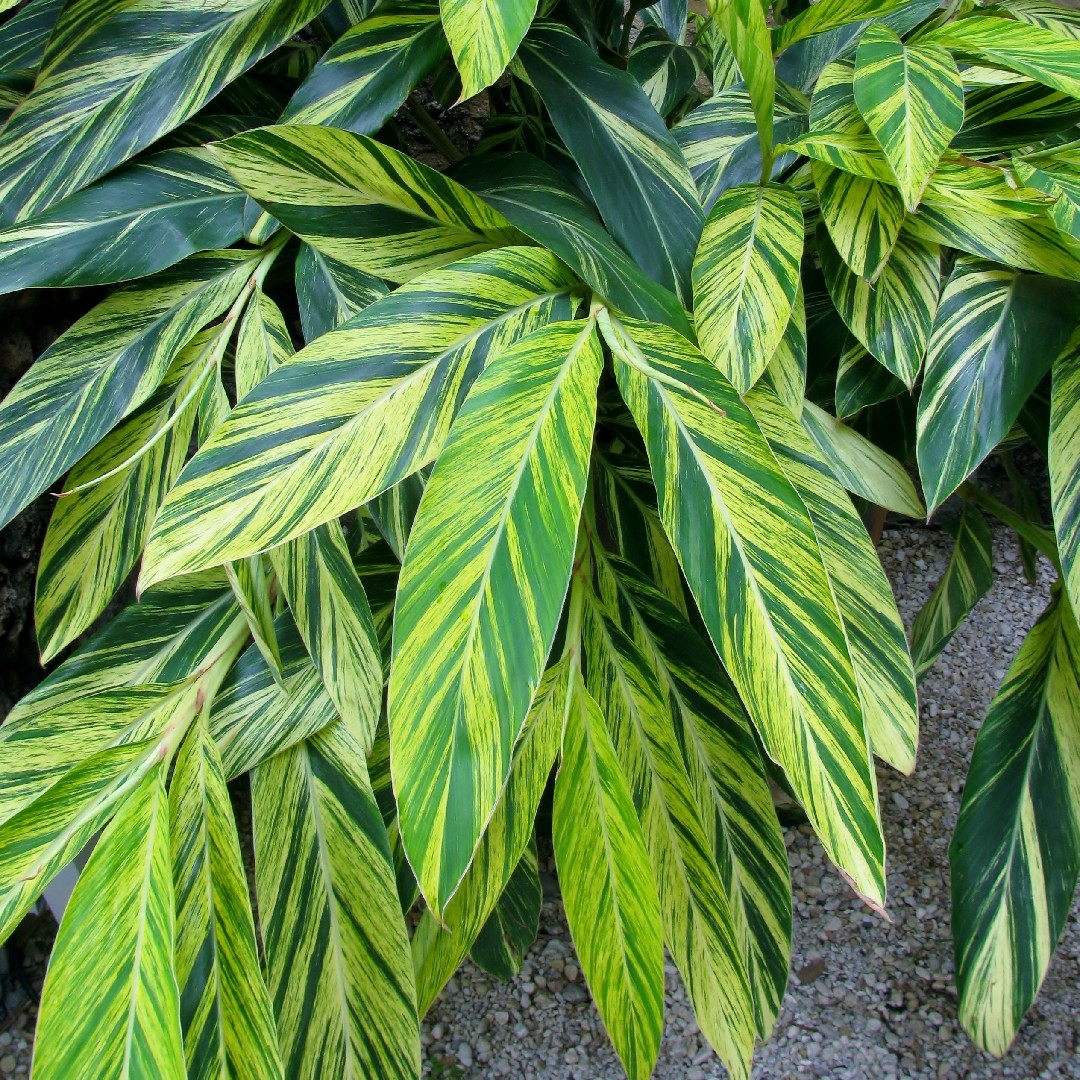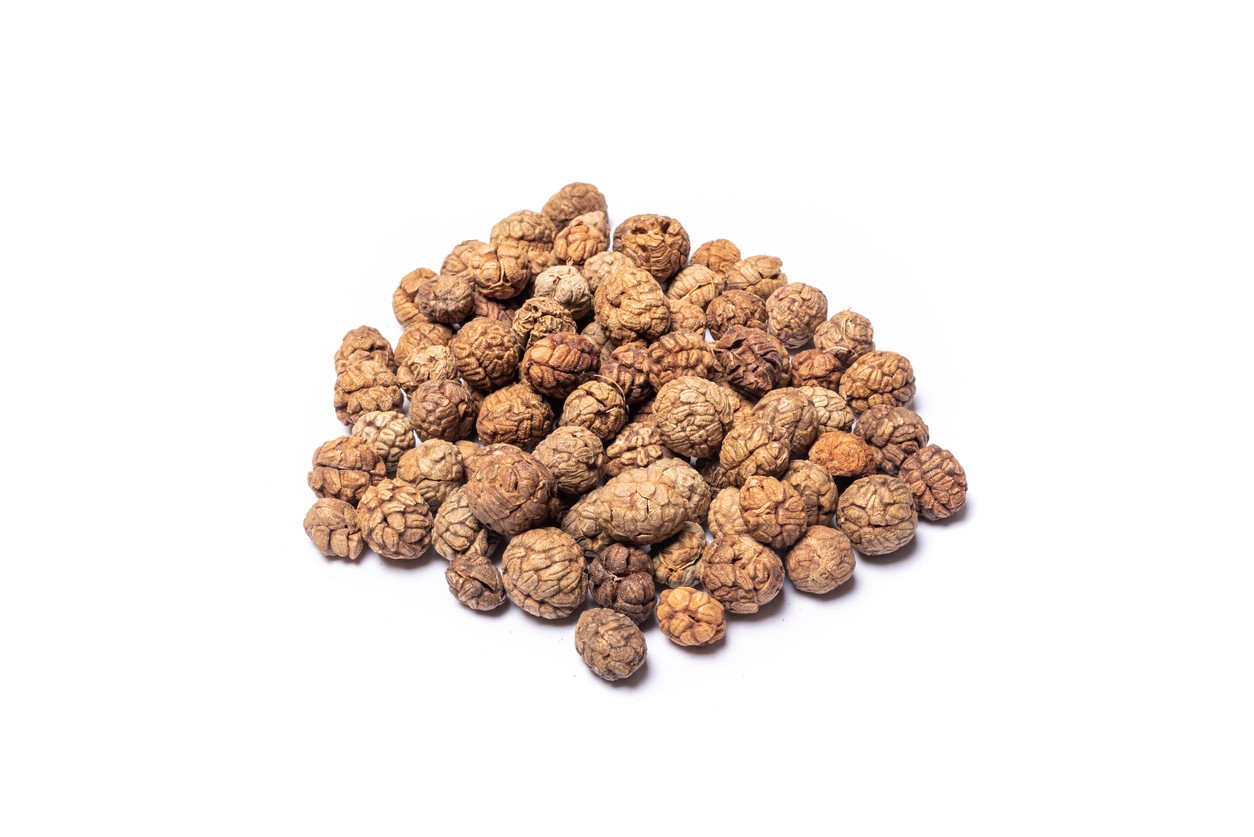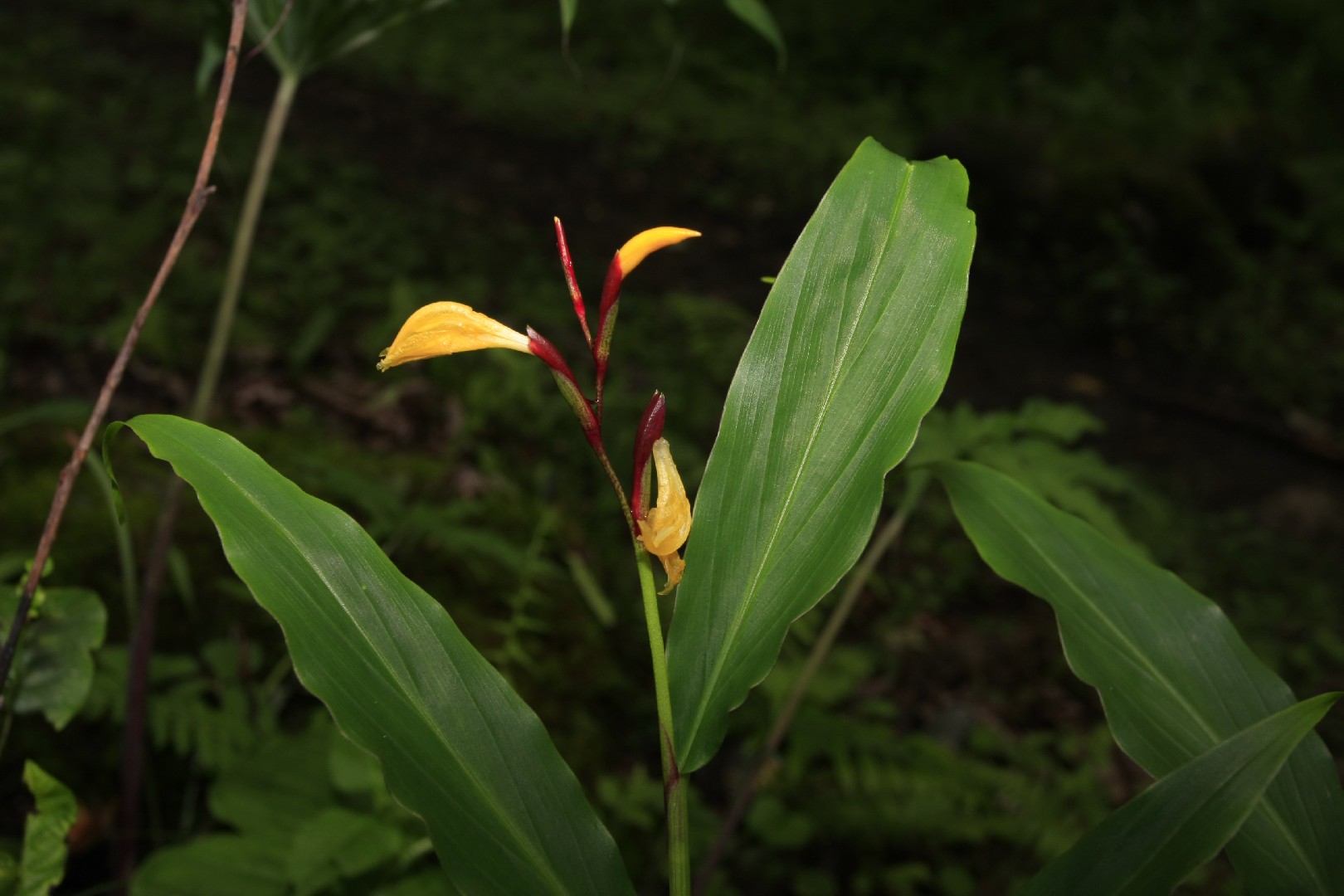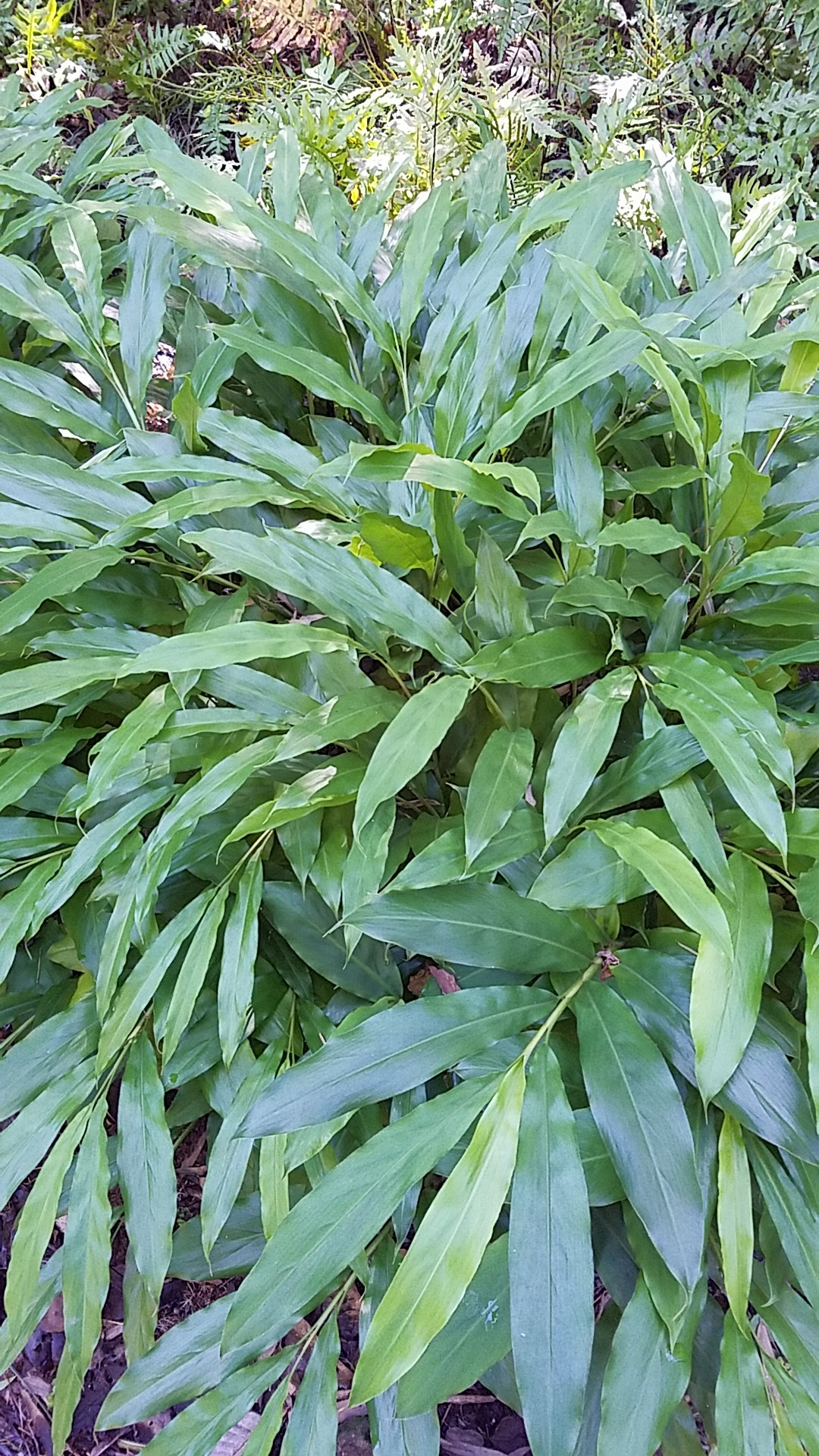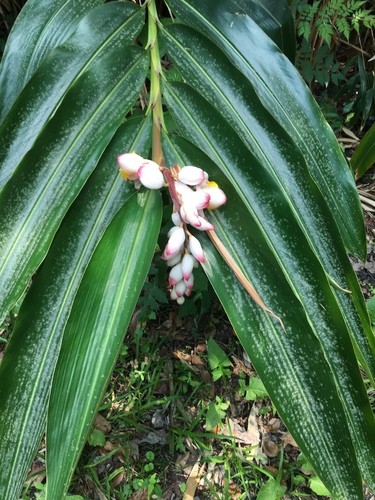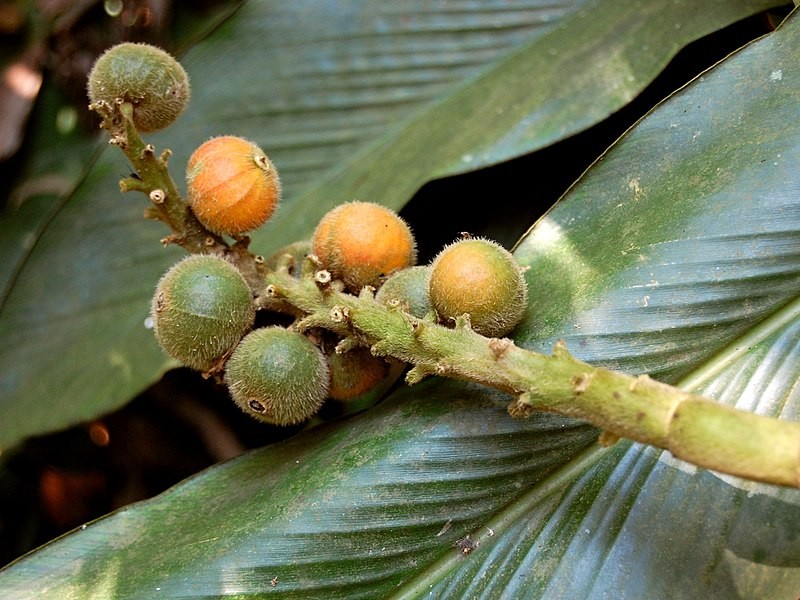Torch ginger
It is 30 to 60 cm high and grows together. The stem is slanted in the second grade. The rhizomes are thickly branched, the nodes have scaly leaves, and the young part is red. The leaves are evergreen, have no luster, are wide needles 15 to 40 cm long and 5 to 8 cm wide, and have a lot of fine soft hair on both sides, especially on the back. Put a flower on the tip of the false stem. It is a 10 to 15 cm long inflorescence with dense hairs on the flower axis. The eagle falls quickly with a narrow oval shape. The length of the flower is approximately 2.5 cm, the cocoon is white, cylindrical, with fine hairs, 1 to 1.2 cm in length, the tip is red with 3 blunt teeth, and one side is torn. The inner cover is split into three at the top, and the back piece stands in an oval shape to wrap the stamen. The lip is oval, split into two ends, white and crimson with a length of about 1 cm. The edges are curled, with yellow-red appendages on both sides of the base. The fruits (fruit juices) are wide oval, ripen red, 1.2 to 1.8 cm long and have fine hairs on the surface.
